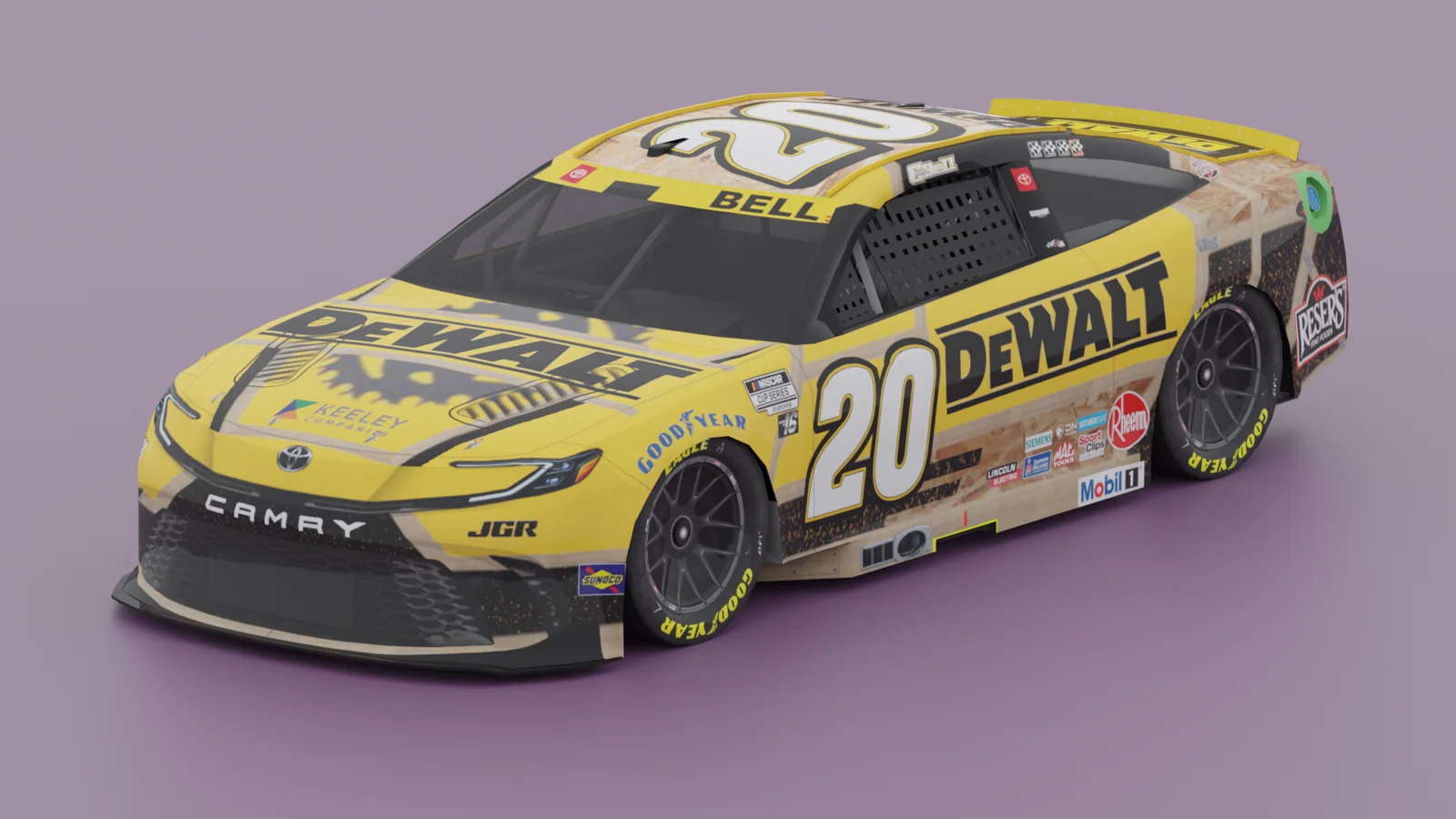Christopher Bell has underscored how critical sim racing has become in NASCAR, illustrating that virtual preparation now fills the gap as on-track practice has dwindled. This trend, which centers on maximizing every opportunity to stay race-ready, highlights the growing importance of simulators as Bell and other drivers adjust to limited practice windows in the sport.
Sim Racing Steps In as Practice Shrinks
Over the past several years, practice in NASCAR has been dramatically reduced, especially since 2020 when the schedule shifted from three lengthy 50-minute sessions to only two per race weekend. The onset of the pandemic brought further limitations, leading to most events in 2020 and 2021 being held without practice or qualifying. By 2022, a single 20-minute practice period per weekend became the standard, greatly increasing drivers’ reliance on simulation technology as they attempt to maintain peak performance between races.
Christopher Bell’s Approach to Preparation
Appearing on SpeedFreaks, Christopher Bell described how digital racing has fundamentally altered how he gets ready for competition, and how it forms the backbone of his pre-race routine. For drivers like Bell, sim sessions have become almost constant, particularly with physical track time now at such a premium. He pointed out that while some racers, such as William Byron and Rajah Caruth, built their careers almost entirely on simulation, his own path combined online practice with real-world experience in go-karts and dirt cars, giving him a well-rounded foundation.
“I was racing on the weekends, and then during the week, it was just more reps,”
—Christopher Bell, NASCAR driver
Bell emphasized the challenges of on-track practice for those in motorsports. He explained,
“And as a race car driver, like we don’t have the luxury of just going to a track and making laps. Like it’s super expensive, whether it is just a go-kart, or I mean, probably go-karts are the most cheapest form of practice, but it still takes a lot more money compared to football, where you can go outside and toss it around, or go shoot hoops, playing basketball.”
—Christopher Bell, NASCAR driver
Highlighting the broader value of simulators, Bell added,
“Like practice is just hard, it’s time-consuming, and it’s expensive in our industry. So, for me, and I’m sure that every sim racer, it’s a cheap alternative that keeps you in the seat and you’re not getting that feel that you have in the race car, but you’re still getting the visuals. And you’re still getting that racing IQ, uh, even if you’re racing online,”
—Christopher Bell, Joe Gibbs Racing driver
NASCAR’s Goal: Streamlined Operations and Reduced Costs
NASCAR’s shift to shorter practice periods came in response to the need for faster, more efficient event schedules. The limited practice window gives officials more time for vital car inspections before track sessions start, restricts mid-event adjustments, and allows officials to impound cars after qualifying, which removes the need for a separate inspection round. This approach also means teams require fewer mechanics at the track, helping to lower travel and staffing costs.
Changing Landscape for Sim Racers and Veterans
As drivers adapt to these tight practice windows, some NASCAR veterans debate whether there should be a return to longer sessions, arguing preparation benefits the entire field. Others believe that experienced drivers should remain unfazed and adaptable with little on-track time. Regardless, with simulators filling the gaps, drivers who specialize in sim racing may find their route into NASCAR more accessible than ever before, potentially changing the sport’s entry path for years to come.
